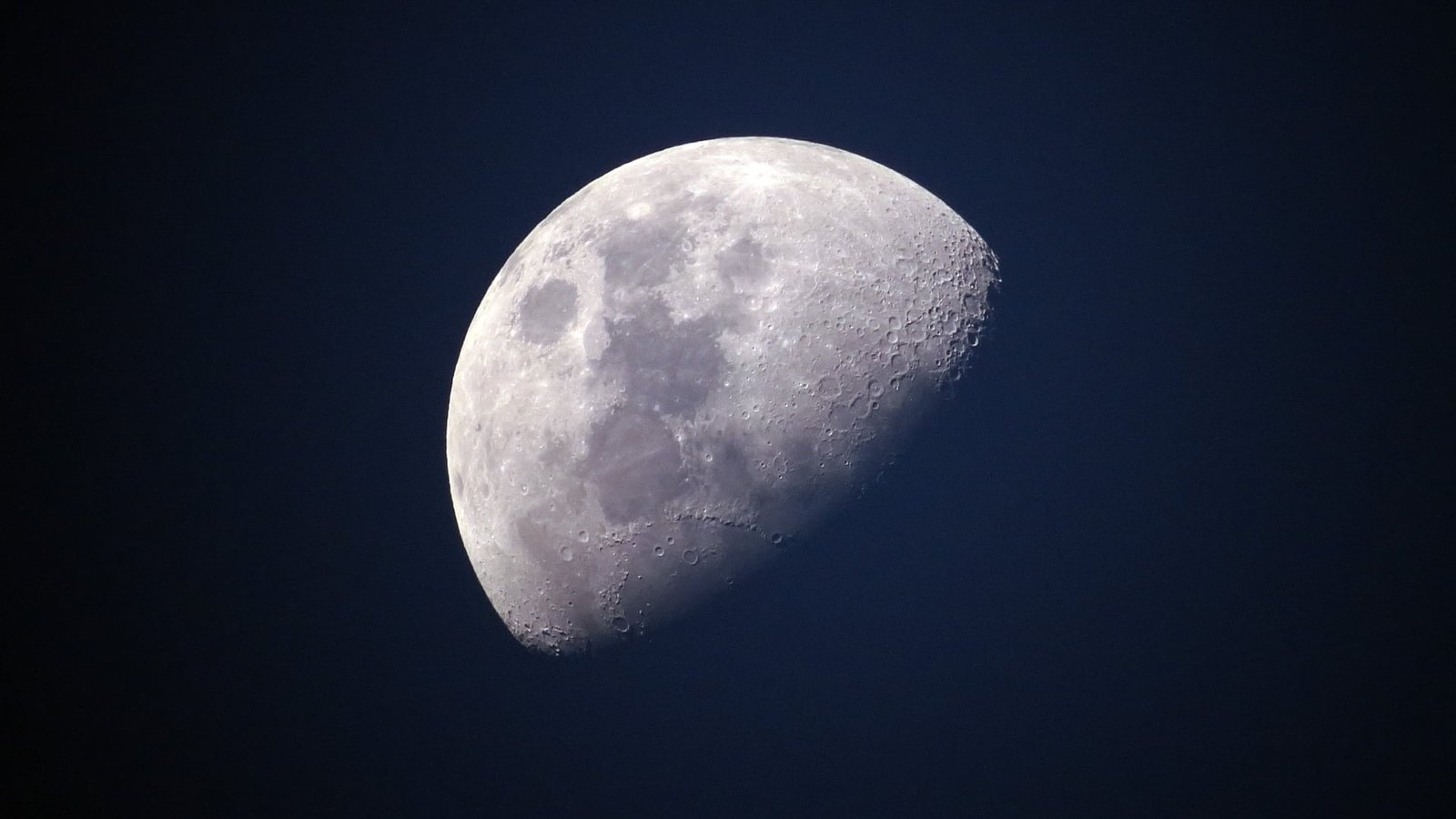Why Do Eyes Water When Chopping Onions?
When you chop onions, the tears that inevitably follow are a common experience for many. The scientific reasons behind this phenomenon are both fascinating and involve interactions between human physiology and chemistry. Here’s a breakdown of why this happens
Frequently Asked Questions
The Onion’s Composition and Chemical Reactions
When an onion is cut, the enzyme alliinase is released from the cell structure. This enzyme breaks down a compound in the onion known as S-1-propenyl-L-cysteine sulfoxide into a volatile gas called propanethial S-oxide. When this gas reaches your eyes, it stimulates the nerve endings on the surface of the eye, leading to tearing.

The Eye’s Protective Response
Your eyes are one of the most sensitive organs and have a natural protective mechanism against irritants. When propanethial S-oxide gas comes into contact with the eyes, the nerve endings perceive it as a threat. As a reflex, the eyes produce tears to wash away the irritant and minimize potential damage.
Are Blue Eyes More Sensitive to Onions?
Blue eyes may indeed be more sensitive to onions due to their lower melanin content, which can make them more reactive to light and certain irritants, like the chemicals released when chopping onions. The lack of pigment in blue eyes means they may have less natural protection against the stinging effects of propanethial S-oxide, the gas that onions emit when sliced. This heightened sensitivity could result in blue-eyed individuals experiencing more tearing and irritation than those with darker eyes. While this has not been thoroughly studied in relation to onion sensitivity, anecdotal evidence suggests that lighter eyes may feel the effects more intensely. If you have blue eyes, using a sharp knife, refrigerating the onion beforehand, or wearing goggles might help reduce the discomfort.
How to Prevent Eyes from Watering While Chopping Onions
To minimize eye irritation when chopping onions, there are a few effective methods you can try. Chilling the onion in the fridge for about 30 minutes before cutting can reduce the release of propanethial S-oxide, the compound responsible for eye irritation. Using a sharp knife also helps by causing less damage to the onion’s cells, limiting the amount of gas emitted. Cutting onions under running water or near a vent can help disperse the irritant before it reaches your eyes. Some people find success by wearing goggles to create a barrier. These simple tricks can make the experience of chopping onions much more comfortable.
Differences in Onion Varieties
Not all onions contain the same amount of tear-inducing compounds. For example, sweet onions (like Vidalia onions) have lower sulfur content, while red and white onions have higher amounts. This explains why you may experience more tearing with certain types of onions compared to others.

Tips to Reduce Tearing
While it’s impossible to completely eliminate tearing, there are practical ways to minimize it:
- Chill the Onion: Refrigerating the onion before cutting slows down the enzyme activity, reducing the release of tear-inducing gas.
- Use a Sharp Knife: A sharp knife causes less damage to the onion cells, which in turn releases less gas.
- Cut Underwater: Cutting the onion under water or near running water can help prevent the gas from reaching your eyes.

Conclusion
Tearing up while chopping onions is a natural reaction, caused by the onion’s chemical composition. The gas produced during cutting triggers your eyes’ protective response, resulting in tears. While there are methods to reduce this effect, it’s challenging to prevent it entirely.
References
- Smith, A. B. (2020). The Chemistry of Onions: Understanding the Tear-Jerking Effects. Journal of Food Science, 85(3), 234-239. https://doi.org/10.1111/1750-3841.15000
- Johnson, L. (2019). Why Onions Make Us Cry: A Comprehensive Review. Food Chemistry, 276, 769-778. https://doi.org/10.1016/j.foodchem.2018.10.111













Leave a Comment